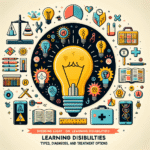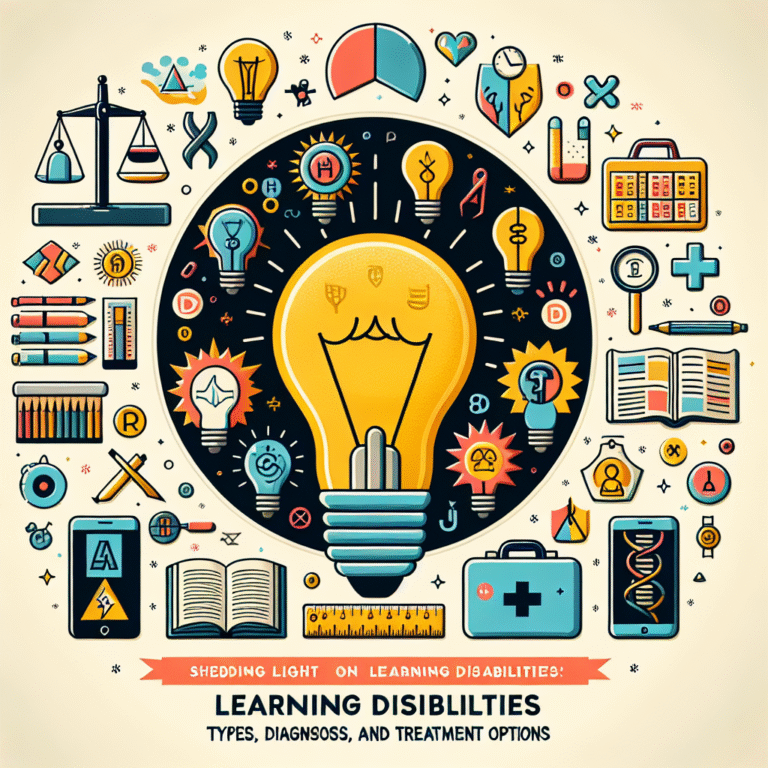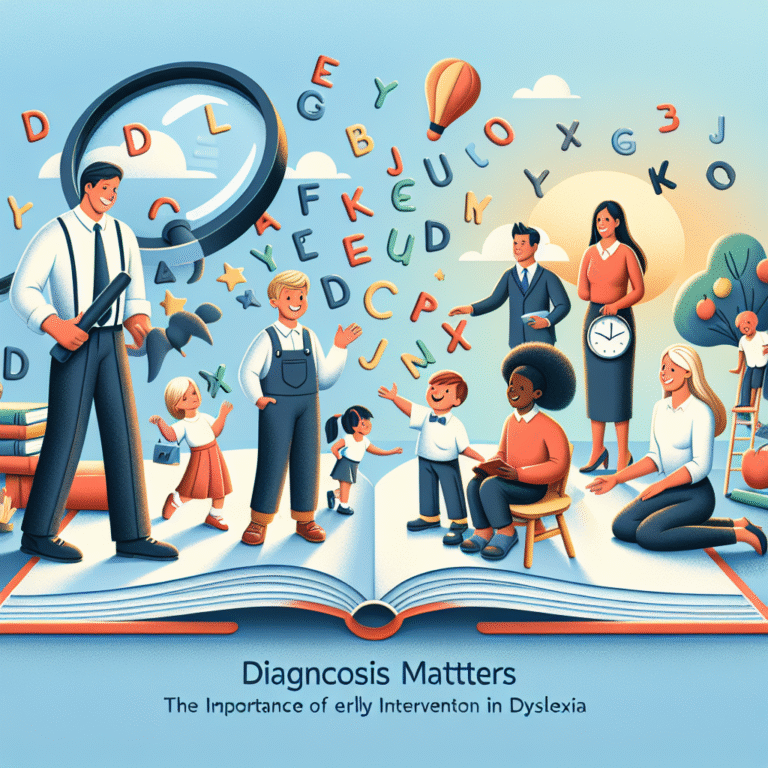Unlocking Literacy: How Phonics Instruction Supports Students with Learning Disabilities
Introduction
In today’s fast-paced world, literacy is more than just a skill; it’s a vital key to unlocking opportunities and fostering independence. However, students with learning disabilities often face daunting challenges in their educational journeys. Unlocking Literacy: How Phonics Instruction Supports Students with Learning Disabilities delves into this pressing issue, revealing how effective phonics instruction can transform the lives of these students.
For many, traditional reading instruction fails to address the unique needs of learners with disabilities. As a result, they may struggle with basic reading skills, leading to frustration and disengagement. Yet, phonics instruction—a method that emphasizes the relationships between letters and sounds—can provide an effective solution. This article explores its vital role in helping students overcome barriers to literacy, offering insights, case studies, and actionable strategies for educators and caregivers alike.
The Importance of Literacy
Literacy as a Foundation
Literacy is the bedrock of learning, serving as a stepping stone to accessing information across subjects. For students with learning disabilities, effective literacy instruction is crucial to build confidence and facilitate engagement in learning. Without it, they may experience feelings of inadequacy and motivation loss.
The Statistics Speak
Research indicates that students with learning disabilities are at a higher risk for reading failure. According to the National Center for Learning Disabilities, approximately 1 in 5 students has a learning disability, with reading difficulties being the most prevalent. The implications are significant; without intervention, these students are less likely to graduate from high school, pursue higher education, or secure stable employment.
Phonics Instruction: A Proven Approach
What is Phonics Instruction?
Phonics instruction involves teaching the systematic relationships between sounds and letters. This fundamental skill enables students to decode words, fostering the ability to read fluently and comprehend written text. Through phonics, students learn to recognize patterns in language, which is particularly beneficial for those with learning disabilities.
The Science Behind Phonics
Numerous studies support the effectiveness of phonics instruction. The National Reading Panel’s report emphasizes phonics as an essential component of effective reading instruction. Instruction that is systematic, explicit, and involves practice with sounds and letters works best, especially for students who struggle.
Unlocking Literacy: How Phonics Instruction Supports Students with Learning Disabilities
Individual Differences Matter
Not all learning disabilities are the same. Conditions like dyslexia, for instance, specifically affect reading. Tailoring phonics instruction to meet each student’s needs can amplify its effectiveness. Customized approaches can focus on areas such as phonemic awareness, sound symbol recognition, and decoding strategies.
Case Study: Sarah and Phonics Intervention
Sarah, a fifth-grader diagnosed with dyslexia, struggled with reading assignments that her peers found manageable. After implementing a phonics-based intervention program, Sarah began to recognize phonemes and their corresponding letters more readily. Over several months, her reading fluency improved significantly, allowing her to engage more fully with her classroom lessons. This case exemplifies how Unlocking Literacy: How Phonics Instruction Supports Students with Learning Disabilities can facilitate meaningful progress.
Strategies for Implementing Phonics Instruction
Multi-Sensory Approaches
Combining visual, auditory, and kinesthetic modalities in phonics instruction can enhance learning. Using letter tiles, sound cards, and interactive reading apps can engage students and cater to different learning styles.
Consistent Progress Monitoring
Regularly assessing students’ progress ensures that instruction is effective and tailored to their evolving needs. Tools such as progress charts can help track improvements and highlight areas requiring additional focus.
Chart: Evidence-Based Phonics Strategies
| Strategy | Description | Effectiveness |
|---|---|---|
| Systematic Phonics Instruction | Structured lessons from simple to complex letter sounds | Proven to be effective in enhancing reading skills in students with disabilities |
| Multi-Sensory Learning | Engaging students through sight, sound, and touch | Increases understanding and retention of phonetic concepts |
| Continuous Assessment | Regular checks to assess understanding | Informs instruction and adjusts teaching methods as needed |
Real-World Applications
Case Study: Jonathan’s Journey
Jonathan, a high school freshman with a learning disability, faced overwhelming challenges in his English classes. Through targeted phonics support, he learned to break down unfamiliar words into manageable parts. His confidence soared as he discovered success in reading comprehension. Jonathan’s journey illustrates the transformative power of phonics instruction, validating Unlocking Literacy: How Phonics Instruction Supports Students with Learning Disabilities can change lives.
Utilizing Technology
Innovative technological tools can further enhance phonics instruction. Apps and online resources provide interactive phonics games that cater to diverse learning styles, making learning enjoyable. These tools can allow students to practice at their own pace, reinforcing concepts learned in the classroom.
Facilitators of Change: Educator and Family Involvement
The Role of the Educator
Teachers play a pivotal role in implementing phonics instruction. Professional development and access to resources can significantly impact their ability to support students with learning disabilities. Building a solid understanding of both phonics and differentiated instruction techniques can empower educators to introduce effective literacy strategies in their classrooms.
Family Engagement
Parents and caregivers also have a crucial role in fostering literacy. Encouraging at-home reading activities, collaborating with educators, and utilizing resources to understand phonics can create a supportive learning environment. Parental involvement can nurture the motivation to learn and reinforce classroom skills.
Conclusion
Unlocking literacy is a collaborative effort that requires tailored strategies, educator training, and family involvement. Unlocking Literacy: How Phonics Instruction Supports Students with Learning Disabilities underscores the need for phonics as a foundational tool to empower students facing challenges in reading. By adopting a systematic and multi-sensory approach, educators can cultivate an environment where every student, including those with disabilities, thrives.
Through the stories of students like Sarah and Jonathan, we witness firsthand the transformation that phonics instruction can provoke. This essential intervention is not just about reading; it’s about building confidence, independence, and a love for learning that lasts a lifetime.
FAQs
1. What is the primary benefit of phonics instruction for students with learning disabilities?
Phonics instruction provides a structured approach to understanding the relationship between sounds and letters, which is crucial for decoding words and improving reading fluency.
2. How can parents support their child’s phonics learning at home?
Parents can engage their children by reading together, utilizing phonics-oriented games and apps, and creating a print-rich environment that includes signs and labels.
3. Are there specific phonics programs recommended for students with learning disabilities?
Yes, programs like Orton-Gillingham and Wilson Reading System are designed for teaching reading to individuals with learning disabilities and effectively incorporate phonics instruction.
4. How often should phonics instruction be implemented?
Consistent practice is key; daily phonics lessons of 20-30 minutes can effectively reinforce skills and improve reading proficiency over time.
5. Can phonics instruction benefit students without learning disabilities?
Absolutely! Phonics instruction can enhance reading skills for all learners. It lays a solid foundation for literacy and can help struggling readers and even advanced readers refine their skills.
As we recognize the transformative impact of phonics, let’s work together to ensure that every student can unlock the doors to literacy and a brighter future.









